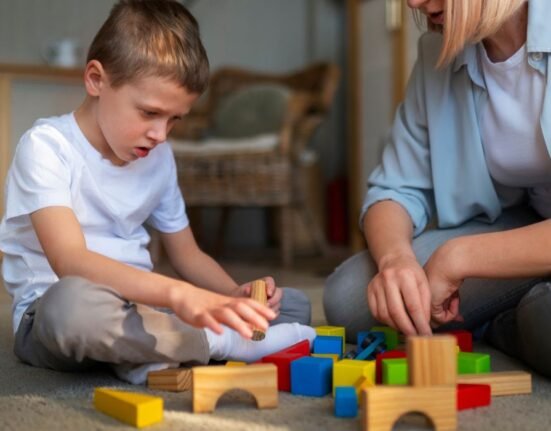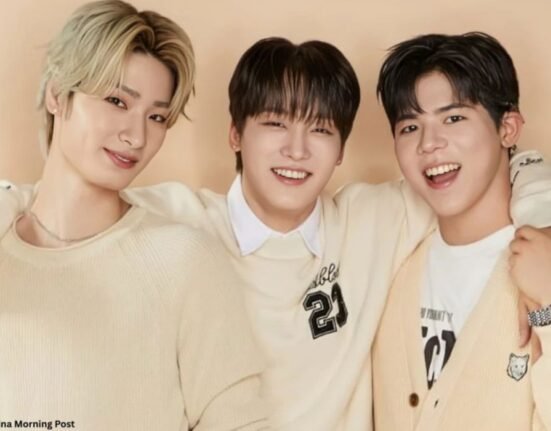Media has always been boasted about for its innate and intrinsic ability to raise awareness about various issues that happen around us, beyond its ability to be a source of social networking. The same goes for matters of women’s empowerment. Media, especially social media, has played a pivotal role in shaping people’s perceptions about women and girls around the world.
Read More: 15 Women psychologists Who made their contribution to the field
It had, since its inception, been a significant aid in mobilizing multiple empowerment movements for women and had successfully popularized many of its ideologies. However, there have been instances wherein these movements backfired at the interference of media agents. The very idea of feminist movements and its core themes have often been widely misinterpreted, through multiple social media sources. Through this article, let us delve deep into the multiple arenas of women’s empowerment that are majorly influenced by media agents.
Media Representation: Empowering or Limiting Women
As you might guess, media is historically known for the under-importance it provides to women. There have been a plethora of scenarios in history wherein women were portrayed as limited to societal and stereotypical gender roles. Gaye Tuchman, a renowned sociologist, had termed this phenomenon “symbolic annihilation.” He defined the term as the under-representation that women face in almost all areas of life and having their lives narrowed into a tiny range of social roles. All major forms of media such as magazines, advertisements, news and certainly the film and entertainment industry, have all consistently remained carriers of symbolic annihilation.
Read More: Corporate Social Responsibility And Women Empowerment
When Ferguson (1980) performed a content analysis of women’s magazines published between the end of World War II and 1980, she discovered that representations were grouped around the concept of the “cult of femininity,” which was founded on traditional, stereotypical female roles and values such as marriage, family, and appearance. She further pointed out that whereas adolescent publications targeted at females did provide a wider variety of female portrayals, the emphasis remained on the guy in their lives, his home, his family and even to the extent of looking good for him.
Not so surprisingly, but unfortunately, all the major Disney movies, those that have defined our childhoods for us, have historically propagated a very stereotypical sketch for its female characters. Because she is attractive, Snow White—who cleans the dwarves’ home—is ultimately saved by a prince. In the story Beauty and the Beast, Belle must put up with a vicious and terrible beast to save him. Ariel sacrificed her voice to use her body to gain the prince’s affection. Mulan, who nearly wins the war by herself, then returns home to fall in love.
Read More: Some mental health issues most commonly faced by women
However, things have changed for the greater good in the recent Disney Productions, like Frozen, Moana and Tangled, wherein all their respective female leads have been portrayed as women who are courageous, decisive and independent. The advertising industry, since time immemorial, is known for the narrowing stereotypes it has been propagating through its productions. Advertisements for washing powder that feature mothers and tiny daughters working together, while men and boys are coated in dirt are a good illustration of how women were frequently portrayed in roles associated with gender stereotypes, especially those related to housekeeping and motherhood. This may be a very simple example to ponder upon, however, it rightly sums up the major eras of the industry.
Since the 1970s, women have been granted equality and a far greater range of positions in society than they had in the past. These historical assessments of women’s representations have resulted in significant changes to the roles that women play. According to David Gauntlett’s argument in his work titled “Media Gender and Identity,” since the 1970s, there has been a decrease in stereotyped depictions of women in the media and an increase in the diversity of these representations. This trend likely reflects broader societal shifts.
Read More: The Psychology Behind Empowerment
Another set of examples of a promising future would be that found in the advertising industry. The diversity of women’s portrayals in advertising has increased since 2015, as seen by the following examples: The Dove Real Beauty campaign72 showcased a wide variety of ethnicities and physical types. On the other hand, Sport England has successfully promoted “This Girl Can,” which later changed to become the “Fit Got Real” campaign.
The Impact of Social Media on Women’s Empowerment
In certain ways, women are empowered by the rise in their involvement in and access to self-expression and decision-making through the media and new communication technology. The media’s potent and constructive contribution to women’s and gender equality needs to be encouraged and investigated further. Social media has shown to be an effective tool for raising public awareness of women’s rights concerns, inspiring protests in cities across the globe, as well as inspiring decision-makers to increase their pledges to gender equity.
Read More: Are we still fighting the Patriarchy?
The rise of cyberfeminism, social media, and women’s unprecedented usage of new technologies present significant chances to elevate gender equality and women’s rights concerns in the public discourse and policy-making processes. However, it is important to remember that there is a greater chance that the fundamental principles of these movements will be misunderstood.
Read More: Barbie – A Psychological Overview of the Movie
According to a recent Google analysis, the Internet is giving Indian women easier access to information and enabling them to make better decisions in their daily lives. Over 60 million Indian women utilize the Internet to manage their daily lives, 150 million total Internet users, according to a June 2013 survey titled “Women and Web Study.” Today’s social media is so powerful that it becomes the voice of the people in the face of horrific and sad situations.
Everyone takes to social media to share, tweet, and hashtag their opinions, rage, and demands for justice. To further demonstrate their unwavering support, they frequently even replace their profile pictures with campaign images. For example, in the Delhi Gang Rape case, a simple black dot on a white background was used as a profile picture on WhatsApp and other social media platforms. Due to the overwhelming attention this tragedy received on social media, the Indian government was compelled to prosecute those responsible and enact stronger legislation to ensure that such incidents don’t happen again.
Read More: Influence of the Influencer: Behind the Social Media Curation
Even though media cannot be claimed to be an equal space for all genders, progressive changes are witnessed in multiple areas of the same. There is certainly hope for a safer and better future in social media, not neglecting the fact that pathways to achieve gender sensitization in these spaces are to be taught and ingrained within its consumers. Women from all corners and strata of the world must be greatly trained to accurately handle and utilize social media and other media agents to popularize their empowerment movements, with the simultaneous understanding that women solely are not responsible for the mitigation of the virtual gender gap. On the other hand, it is something to be achieved and worked for by all genders.
References +
- Impact of Social Media on Women Empowerment Neeraj Kumar Rai Assistant Professor Govt.Girls Degree College, Dhindhui, Patti, Pratapgar.
- Social Media: A Double-Edged Sword for the Feminist Movement | Pulitzer Center
- Media Representations of women – ReviseSociology













Leave feedback about this